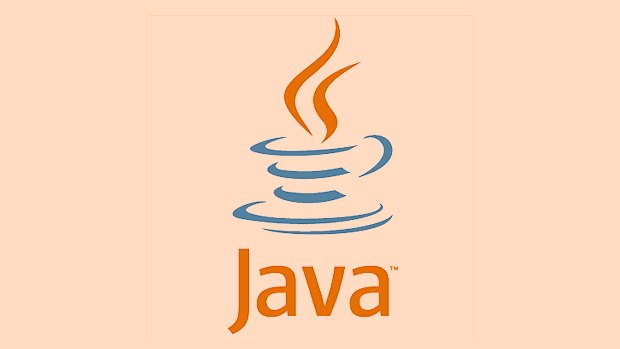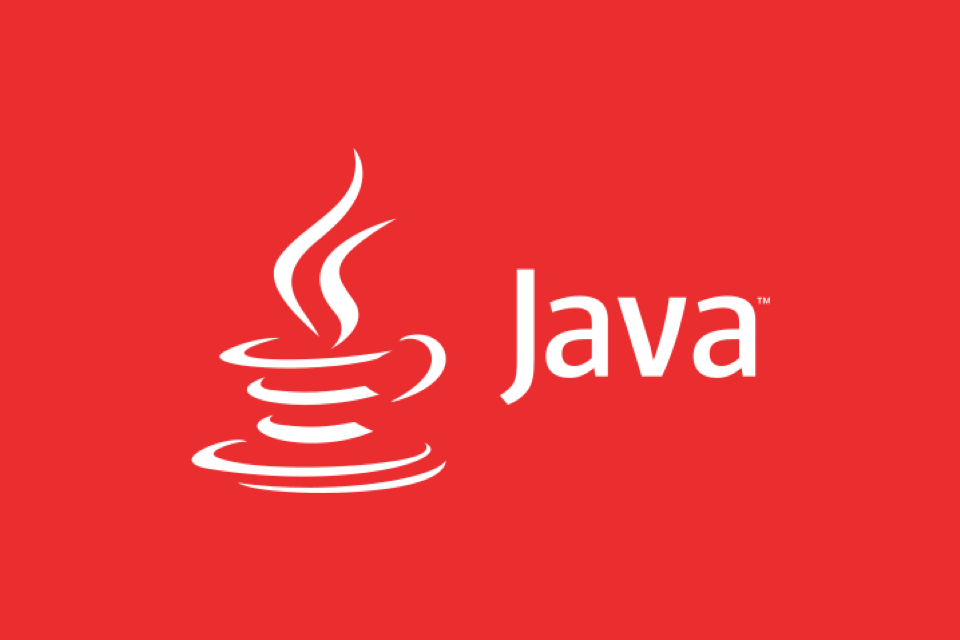How the Java `equals()` and `hashCode()` Methods Work
Jul 23, 2025 am 02:02 AMThe equals() and hashCode() methods must be rewrite correctly at the same time, otherwise the hash set (such as HashMap and HashSet) will be invalid; 2. equals() is used to define the logical equality of objects, and the actual field values need to be compared instead of references; 3. hashCode() returns the object hash code, and it is necessary to ensure that equal objects have the same hash value; 4. Violating the contract will make it impossible to find the stored object from the collection, because hash search first uses hashCode() to locate the bucket, and then uses equals() to confirm the match; 5. It is recommended to use Objects.equals() and Objects.hash() to implement null safe and consistent logic, and avoid object fields used as keys being modified.

The equals() and hashCode() methods in Java are fundamental for object comparison and are especially important when working with collections like HashMap , HashSet , and Hashtable . Here's how they work—and why they must be used together correctly.

? What equals() Does
The equals(Object obj) method checks whether two objects are logically "the same." By default (from Object class), it compares memory addresses (like == ), but it's meant to be overridden to define what "sameness" means for your class.
Example:

public class Person {
private String name;
private int age;
@Override
public boolean equals(Object obj) {
if (this == obj) return true;
if (!(obj instanceof Person)) return false;
Person other = (Person) obj;
return age == other.age && Objects.equals(name, other.name);
}
}This version compares actual data—not just references.
? What hashCode() Does
The hashCode() method returns an integer that acts as a "fingerprint" for the object. It's used by hash-based collections to quickly locate buckets where objects are stored.

By default, it returns a unique int per object (often based on memory address), but if you override equals() , you must also override hashCode() , or collections will break.
Why?
Because of the hash contract :
If two objects are equal according to
equals(), they must have the samehashCode().
Example:
@Override
public int hashCode() {
return Objects.hash(name, age);
} This ensures that equal Person objects produce the same hash code—so they end up in the same bucket in a HashMap .
?? What Happens If You Don't Override Both?
-
If you override
equals()but nothashCode():- Two logically equal objects might have different hash codes.
- In a
HashSet, both could be added—even though they're "equal." - In a
HashMap, you might not find a key you put in, because the lookup useshashCode()first.
-
If you override
hashCode()but notequals():- Objects might have same hash code but still be unequal.
- That's fine (hash collisions are normal), but equality still relies on reference comparison—which is probably not what you want.
? Best Practices
- Always override both together.
- Use
Objects.equals()andObjects.hash()for null-safe implementations. - Make sure
hashCode()only uses fields thatequals()uses. - Keep both methods consistent: if fields used in
equals()change, the behavior of collections may become unpredictable (so avoid mutating key objects in maps!).
? Pro Tip
Use your IDE or tools like Lombok ( @EqualsAndHashCode ) to generate these methods—it's easy to miss edge cases (like nulls or inheritance).
In short:
equals() defines logical equality.
hashCode() enables fast lookup in hash-based collections.
Break the contract between them, and your collections won't work as expected.
That's it—simple but critical.
The above is the detailed content of How the Java `equals()` and `hashCode()` Methods Work. For more information, please follow other related articles on the PHP Chinese website!

Hot AI Tools

Undress AI Tool
Undress images for free

Undresser.AI Undress
AI-powered app for creating realistic nude photos

AI Clothes Remover
Online AI tool for removing clothes from photos.

Clothoff.io
AI clothes remover

Video Face Swap
Swap faces in any video effortlessly with our completely free AI face swap tool!

Hot Article

Hot Tools

Notepad++7.3.1
Easy-to-use and free code editor

SublimeText3 Chinese version
Chinese version, very easy to use

Zend Studio 13.0.1
Powerful PHP integrated development environment

Dreamweaver CS6
Visual web development tools

SublimeText3 Mac version
God-level code editing software (SublimeText3)
 VSCode settings.json location
Aug 01, 2025 am 06:12 AM
VSCode settings.json location
Aug 01, 2025 am 06:12 AM
The settings.json file is located in the user-level or workspace-level path and is used to customize VSCode settings. 1. User-level path: Windows is C:\Users\\AppData\Roaming\Code\User\settings.json, macOS is /Users//Library/ApplicationSupport/Code/User/settings.json, Linux is /home//.config/Code/User/settings.json; 2. Workspace-level path: .vscode/settings in the project root directory
 How to handle transactions in Java with JDBC?
Aug 02, 2025 pm 12:29 PM
How to handle transactions in Java with JDBC?
Aug 02, 2025 pm 12:29 PM
To correctly handle JDBC transactions, you must first turn off the automatic commit mode, then perform multiple operations, and finally commit or rollback according to the results; 1. Call conn.setAutoCommit(false) to start the transaction; 2. Execute multiple SQL operations, such as INSERT and UPDATE; 3. Call conn.commit() if all operations are successful, and call conn.rollback() if an exception occurs to ensure data consistency; at the same time, try-with-resources should be used to manage resources, properly handle exceptions and close connections to avoid connection leakage; in addition, it is recommended to use connection pools and set save points to achieve partial rollback, and keep transactions as short as possible to improve performance.
 Mastering Dependency Injection in Java with Spring and Guice
Aug 01, 2025 am 05:53 AM
Mastering Dependency Injection in Java with Spring and Guice
Aug 01, 2025 am 05:53 AM
DependencyInjection(DI)isadesignpatternwhereobjectsreceivedependenciesexternally,promotingloosecouplingandeasiertestingthroughconstructor,setter,orfieldinjection.2.SpringFrameworkusesannotationslike@Component,@Service,and@AutowiredwithJava-basedconfi
 How to work with Calendar in Java?
Aug 02, 2025 am 02:38 AM
How to work with Calendar in Java?
Aug 02, 2025 am 02:38 AM
Use classes in the java.time package to replace the old Date and Calendar classes; 2. Get the current date and time through LocalDate, LocalDateTime and LocalTime; 3. Create a specific date and time using the of() method; 4. Use the plus/minus method to immutably increase and decrease the time; 5. Use ZonedDateTime and ZoneId to process the time zone; 6. Format and parse date strings through DateTimeFormatter; 7. Use Instant to be compatible with the old date types when necessary; date processing in modern Java should give priority to using java.timeAPI, which provides clear, immutable and linear
 Understanding the Java Virtual Machine (JVM) Internals
Aug 01, 2025 am 06:31 AM
Understanding the Java Virtual Machine (JVM) Internals
Aug 01, 2025 am 06:31 AM
TheJVMenablesJava’s"writeonce,runanywhere"capabilitybyexecutingbytecodethroughfourmaincomponents:1.TheClassLoaderSubsystemloads,links,andinitializes.classfilesusingbootstrap,extension,andapplicationclassloaders,ensuringsecureandlazyclassloa
 Google Chrome cannot open local files
Aug 01, 2025 am 05:24 AM
Google Chrome cannot open local files
Aug 01, 2025 am 05:24 AM
ChromecanopenlocalfileslikeHTMLandPDFsbyusing"Openfile"ordraggingthemintothebrowser;ensuretheaddressstartswithfile:///;2.SecurityrestrictionsblockAJAX,localStorage,andcross-folderaccessonfile://;usealocalserverlikepython-mhttp.server8000tor
 Comparing Java Frameworks: Spring Boot vs Quarkus vs Micronaut
Aug 04, 2025 pm 12:48 PM
Comparing Java Frameworks: Spring Boot vs Quarkus vs Micronaut
Aug 04, 2025 pm 12:48 PM
Pre-formanceTartuptimeMoryusage, Quarkusandmicronautleadduetocompile-Timeprocessingandgraalvsupport, Withquarkusoftenperforminglightbetterine ServerLess scenarios.2.Thyvelopecosyste,
 Understanding Network Ports and Firewalls
Aug 01, 2025 am 06:40 AM
Understanding Network Ports and Firewalls
Aug 01, 2025 am 06:40 AM
Networkportsandfirewallsworktogethertoenablecommunicationwhileensuringsecurity.1.Networkportsarevirtualendpointsnumbered0–65535,withwell-knownportslike80(HTTP),443(HTTPS),22(SSH),and25(SMTP)identifyingspecificservices.2.PortsoperateoverTCP(reliable,c






